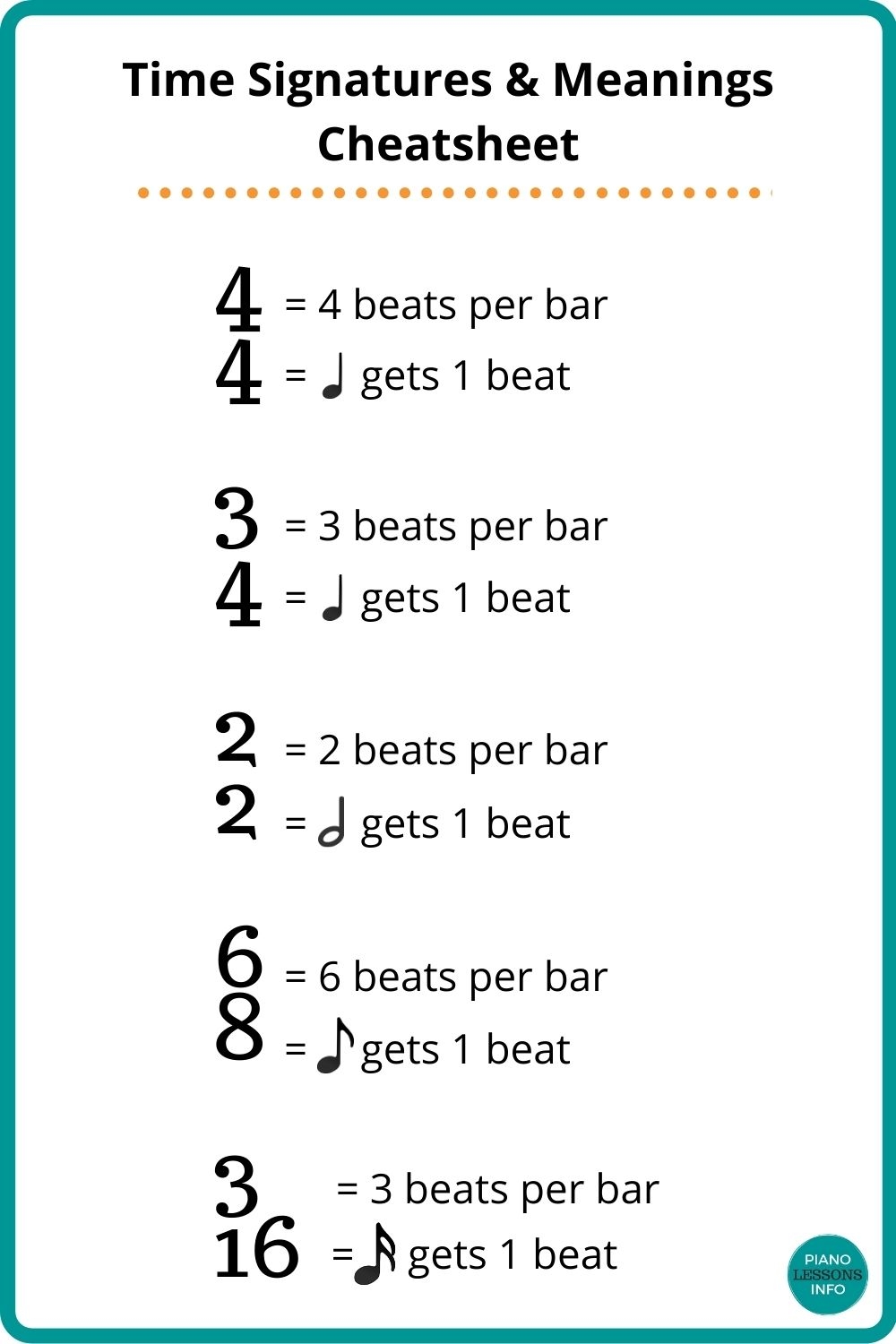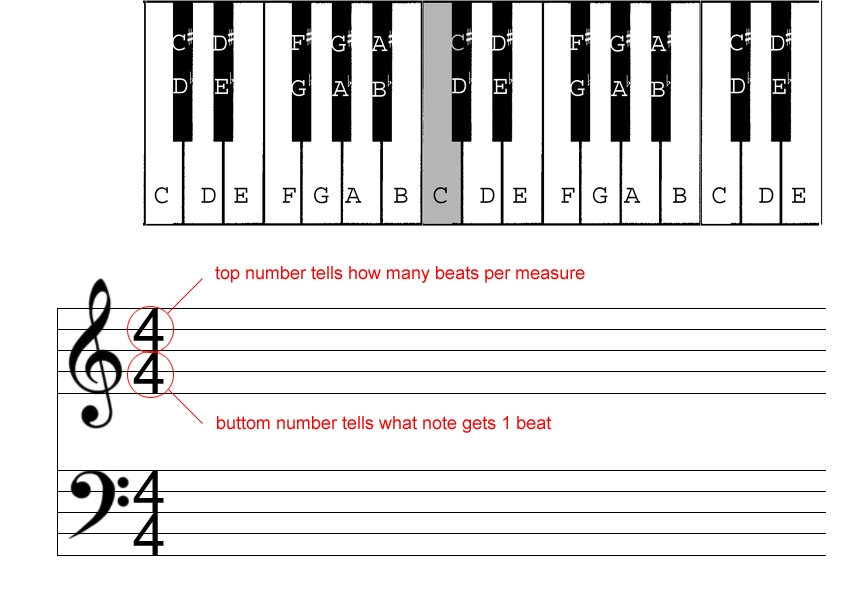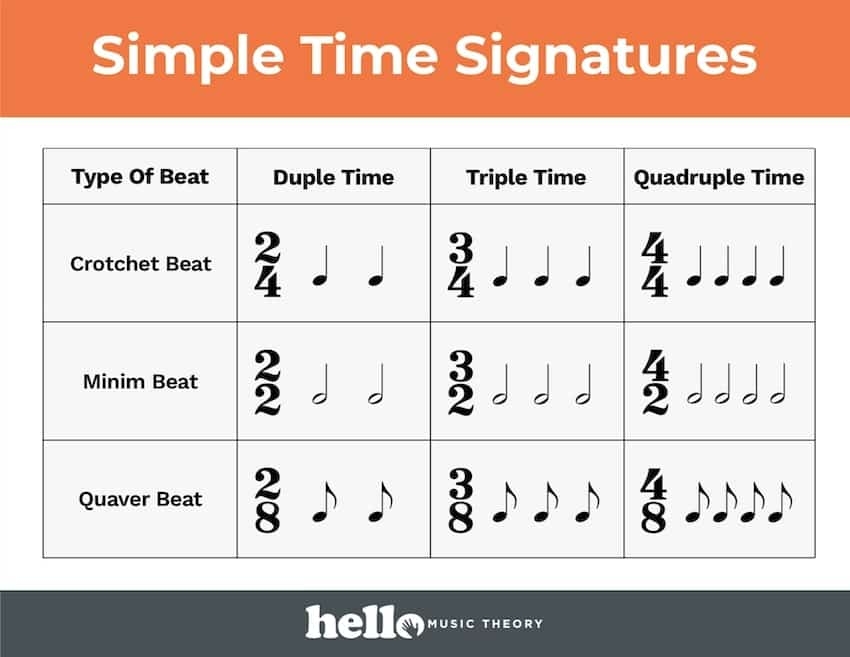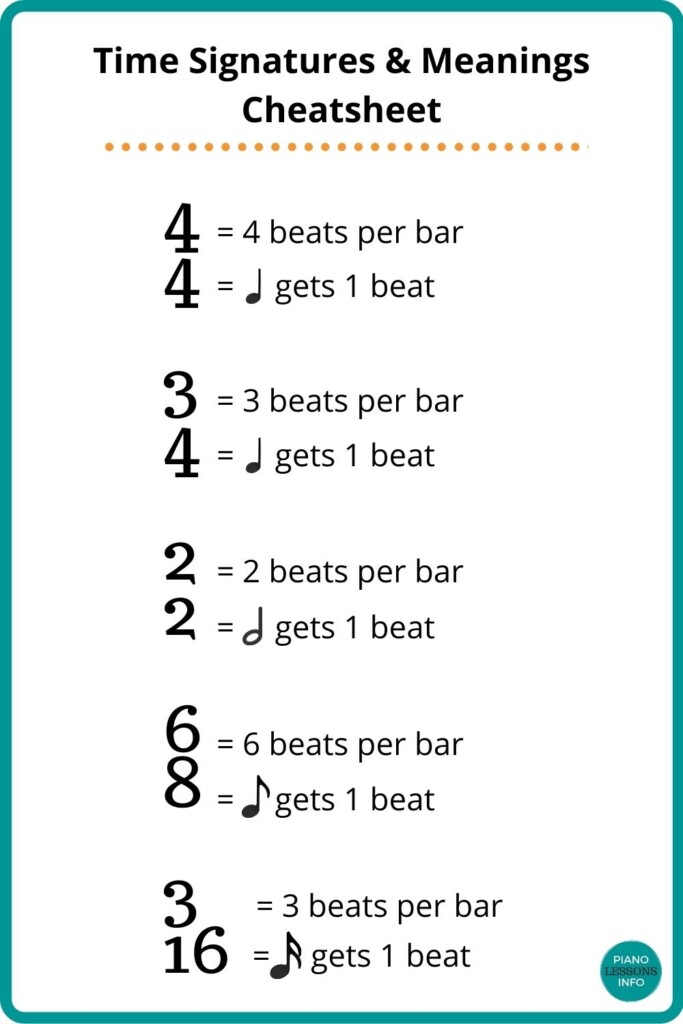As a pianist, understanding time signatures is crucial for playing music accurately and with proper timing. A time signature indicates the number of beats in each measure and the type of note that receives one beat. With a piano time signature chart, you can easily reference different time signatures and their corresponding rhythms.
Common time signatures include 4/4, 3/4, and 6/8, among others. In a 4/4 time signature, there are four beats in each measure, with a quarter note receiving one beat. This is the most common time signature in music and is often referred to as “common time.” A 3/4 time signature, on the other hand, has three beats in each measure, with a quarter note still receiving one beat. This time signature is commonly used in waltzes and other triple meter pieces. A 6/8 time signature has six beats in each measure, with an eighth note receiving one beat. This time signature is often used in compound meter pieces.
Using a Piano Time Signature Chart for Practice
When practicing a new piece of music, referring to a piano time signature chart can help you understand the rhythmic patterns and beats within the piece. By identifying the time signature at the beginning of the piece, you can determine the number of beats in each measure and the type of note that receives one beat. This will guide your playing and help you maintain a steady tempo throughout the piece.
In addition to helping with timing, a piano time signature chart can also aid in sight-reading music. By familiarizing yourself with different time signatures and their corresponding rhythms, you can quickly interpret new pieces of music and play them accurately. Practicing with a variety of time signatures will also improve your overall musicality and ability to adapt to different rhythmic patterns.
Conclusion
A piano time signature chart is a valuable tool for pianists of all levels. By understanding different time signatures and their corresponding rhythms, you can improve your timing, sight-reading skills, and overall musicality. Whether you’re a beginner learning the basics or an advanced pianist tackling complex pieces, a piano time signature chart can help you master the rhythmic intricacies of music.





